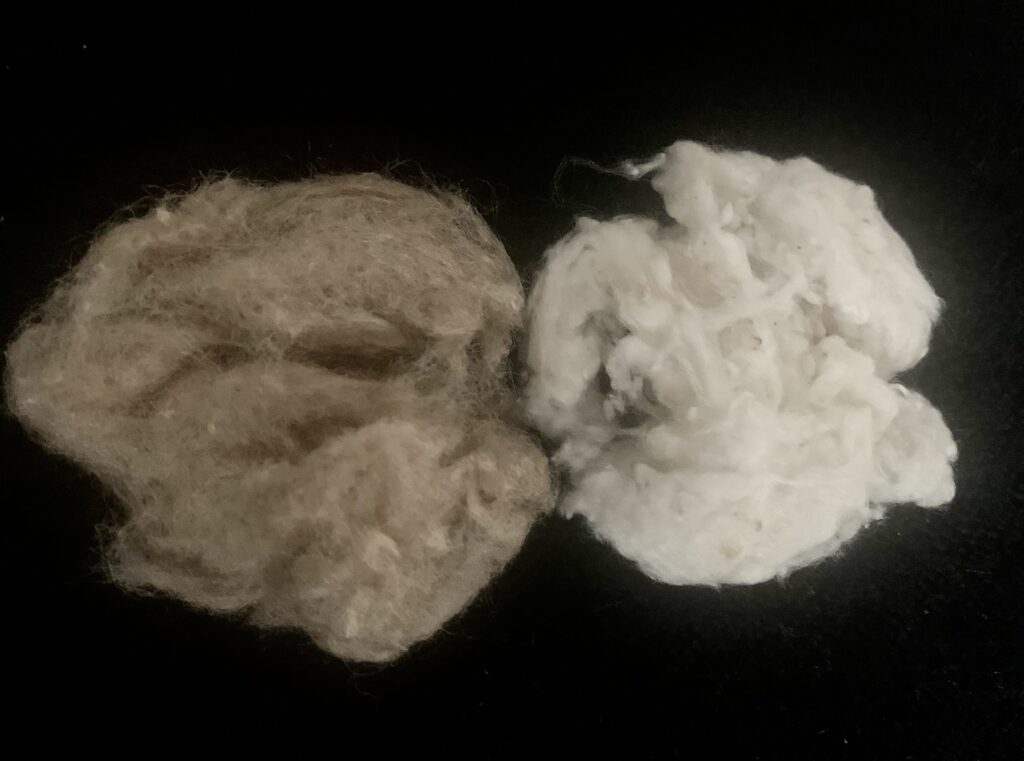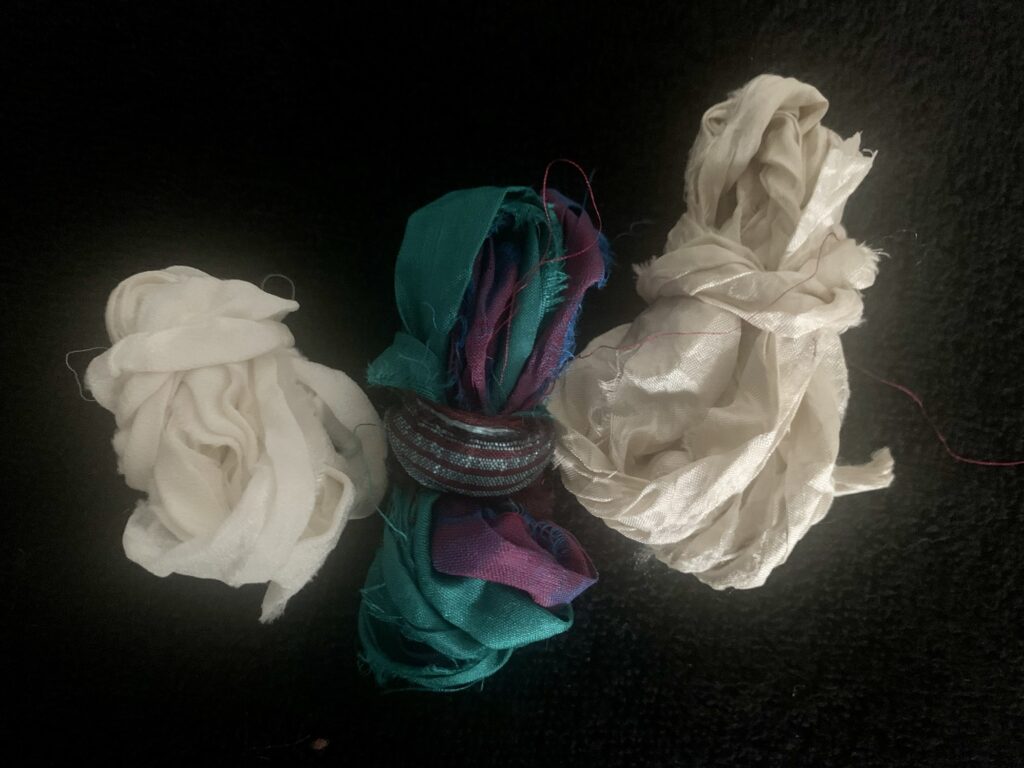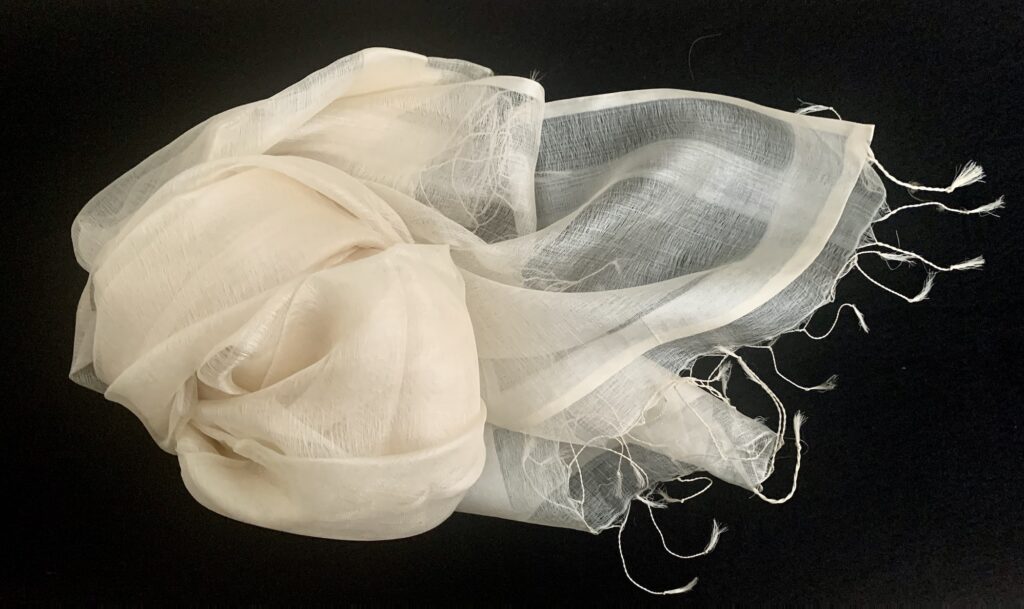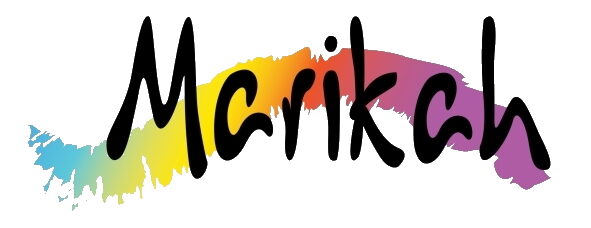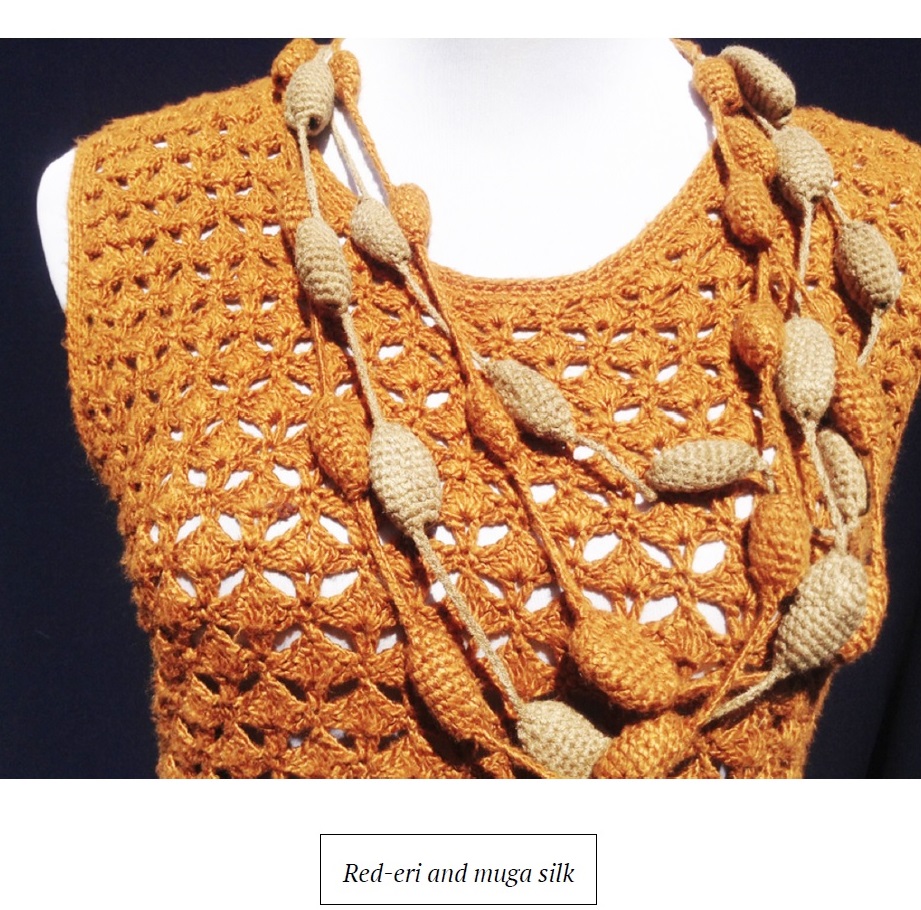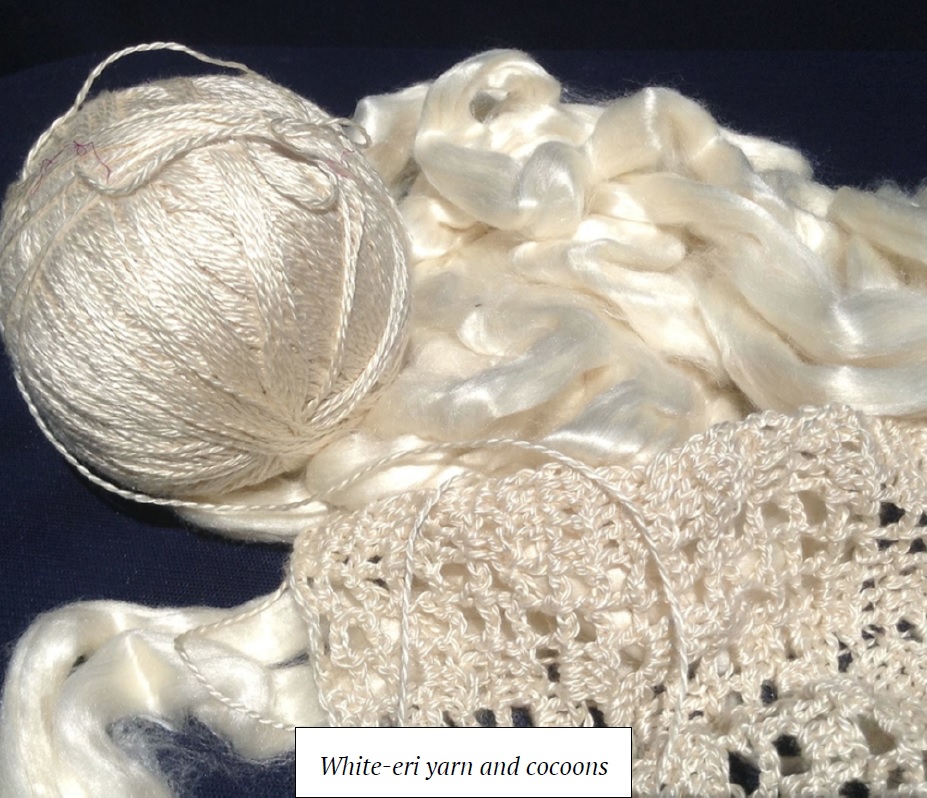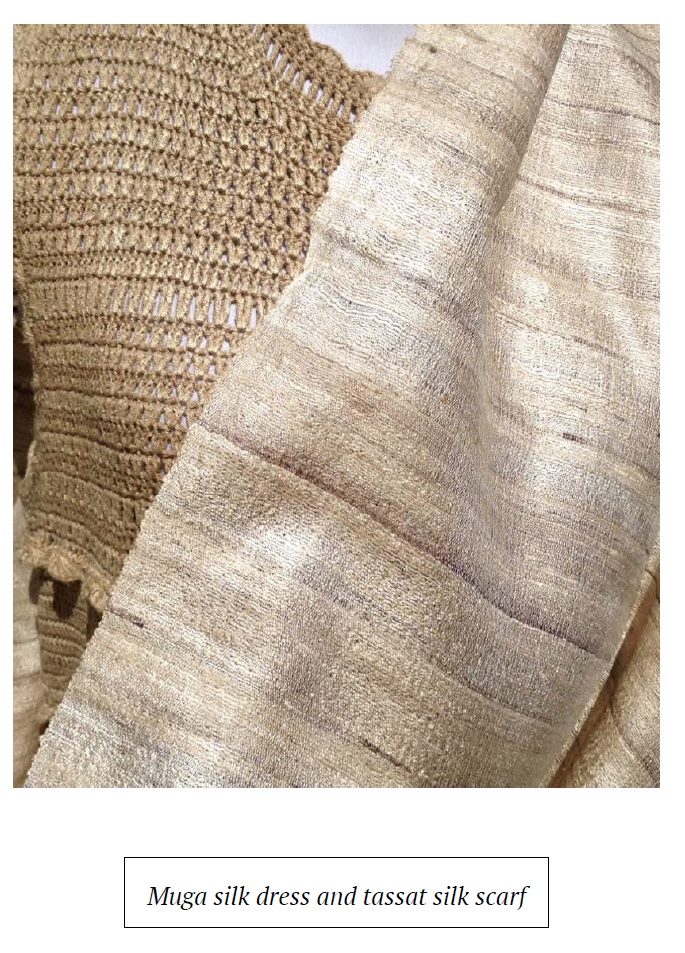Enjoy reading the story below about beautiful Indian Silk Products.
Contact me via email 4marikah@gmail.com
if you are interested in purchasing any of these products or have any questions.
Thank you for visiting this page.
Silk is a natural product derived from silkworm cocoons. There are different varieties of silkworm: mulberry, eri, muga and tassar. The most common is the mulberry silkworm. They grow everywhere, and everyone knows about them. The word «silk» is associated with silk from the mulberry silkworm. They weave white cocoons, and so the silk has a white color. More recently, some people are finding out about the other three types of rare silks called golden silks. Why rare? Because on the Earth there are only a few places with a climate suitable for them, where the eri, muga, and tassar silkworms can live. If the types of silks are compared with metal, then we get the following picture:
Muga — yellow gold;
Red Eri — red gold;
Tassar — platinum;
Mulberry — to all other metals.
Now some details about each type of Golden Silk.
Eri Silk
If you pick up the eri cocoon, it will become clear to you that the cocoon is two-colored: the outer part is red (about 30%), the inner part is a light beige (70%). So, from one cocoon comes 2 kinds of silk: red-eri and white-eri. The most valuable is the red part of the cocoon. It is used to make silk with the color of red gold. Mention should be made here of the technology for transforming silk cocoons into threads and fibers. All cocoons, except red eri, are placed in boiling water to soften. Why besides red eri? Because this silk changes color at high temperatures. The cocoons are processed manually.
Please note! If you have something made from red eri, washing it in hot water will brighten the color of the silk, becoming light peach. The silk will not change it’s structure, but the color will become different, simpler. Therefore, if you want to maintain a reddish tint, wash the item in lukewarm water.
Muga Silk
Muga has a gold color. It is often called the Golden Muga. Products from Muga will always delight you with pleasant surprises. The fact is that with every wash silk becomes brighter and more beautiful. This unique Muga silk possesses the most amazing qualities! Everything else in the world wears out from use and laundering. Only Muga silk gets better! The more you wear it, the more you wash it, the more it shines and becomes newer. It is not afraid of the sun or the cold! It does not fade! Quite the opposite. Things made from this silk can be shared by several owners! They are passed from generation to generation. This is the strongest silk in the world: you can make sails out of it. Just think, Sails!!! Neither the storm nor the hurricane frightens it! In ancient times, it was forbidden for commoners to wear this silk. Only dresses for the royal family were sewn from it. If you sew / knit / felt / make family heirlooms, than it should just be from Muga silk.
Tassar Silk
This silk is ALWAYS organic. It cannot be any different, because of certain specific conditions. This silk imagines itself a fruit and grows up in a tree! To grow it you need a forest! Tussar silk yarn is often referred to as the Ahimsa silk as the process does not involve the killing of the silk worm. Moths leave the cocoon as soon as it is ready to be spun. The silkworm grows in the wild on trees, unlike the mulberry silk whose worm is bred in captivity feeding on mulberry leaves.
The silkworm Tassar attaches a pedicle and then weaves a cocoon on this pedicle. The Tassar Cocoon is large. 2—3 times larger than the other types of cocoons. Silk is made from both cocoon and pedicle. The silk from the cocoon is gold. The pedicle generates a naturally dark grey silk. The amount of pedicle fiber is only 5% of the entire cocoon. It’s more valued.
Naturally colored Tassar Silk. Grown and processed by hand in India, the colors of the silk are from the tannin of the plants that the caterpillar eats. A unique organic yarn.
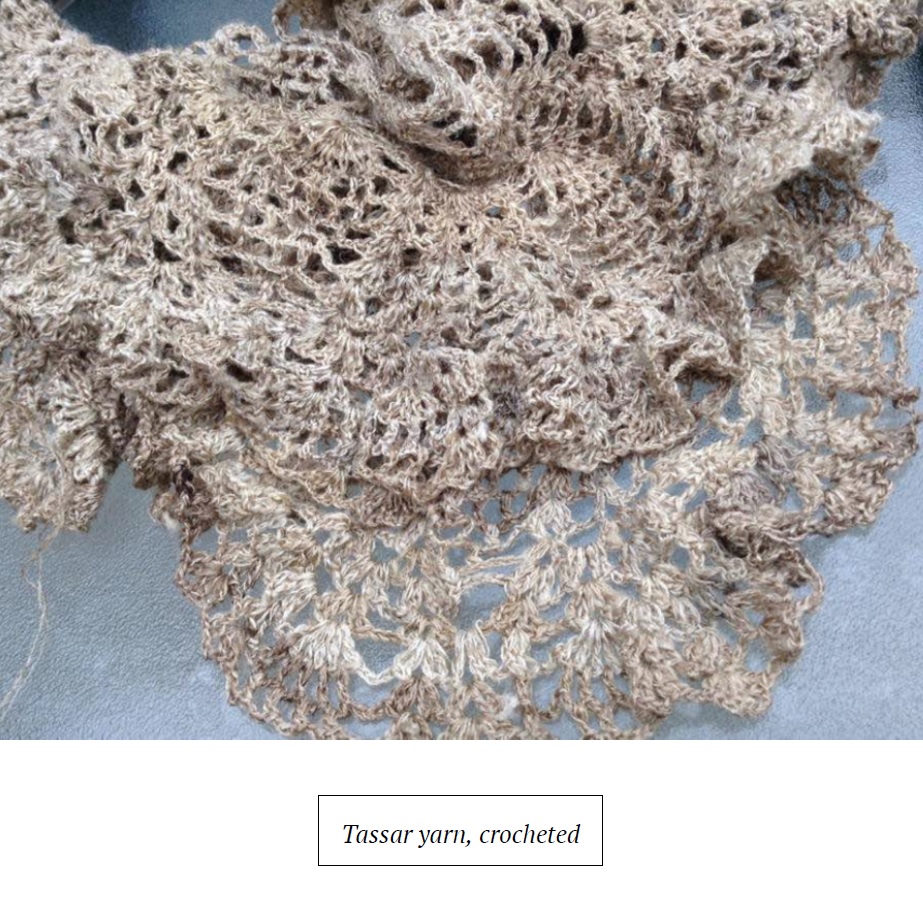
These silk products are manufactures in a small production facility in the middle if India. It’s a pretty simple but clean production involving lot of hand work. Wild silk industry provides livelihood to thousands of women’s co-operatives in rural India, who are involved in all stages of production, from growing the cocoons to spinning it into yarn.

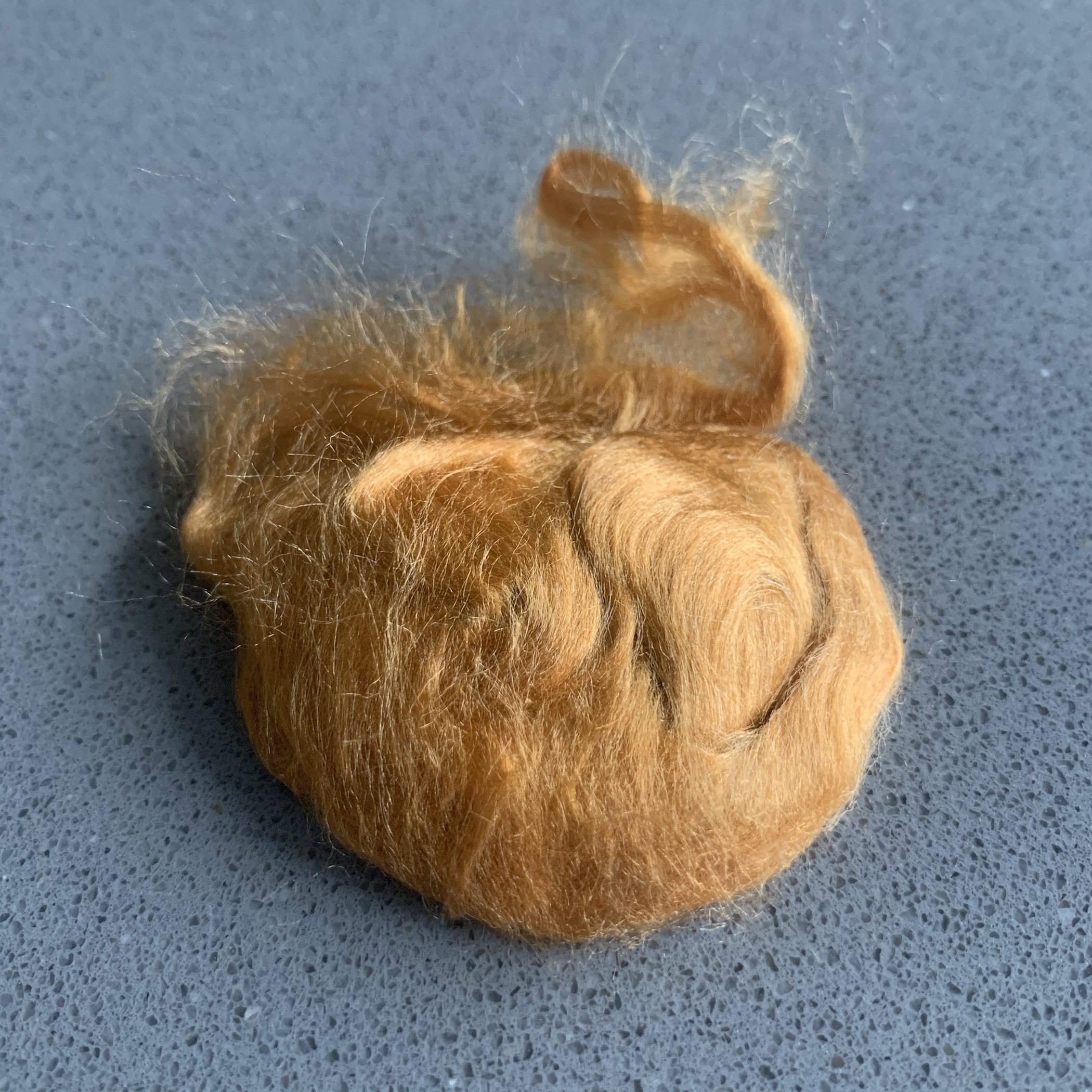 Eri silk fiber | 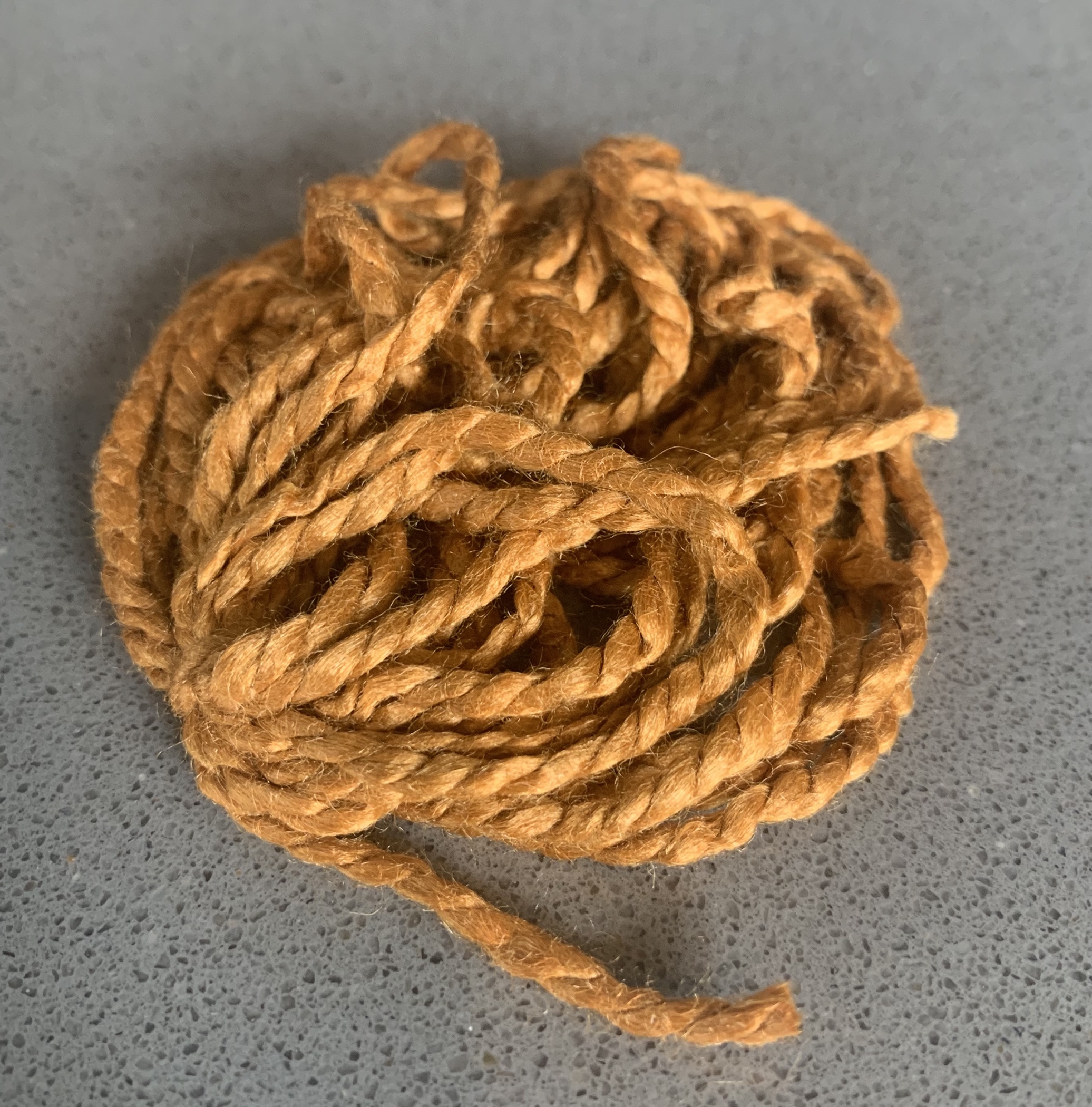 Eri silk yarn |
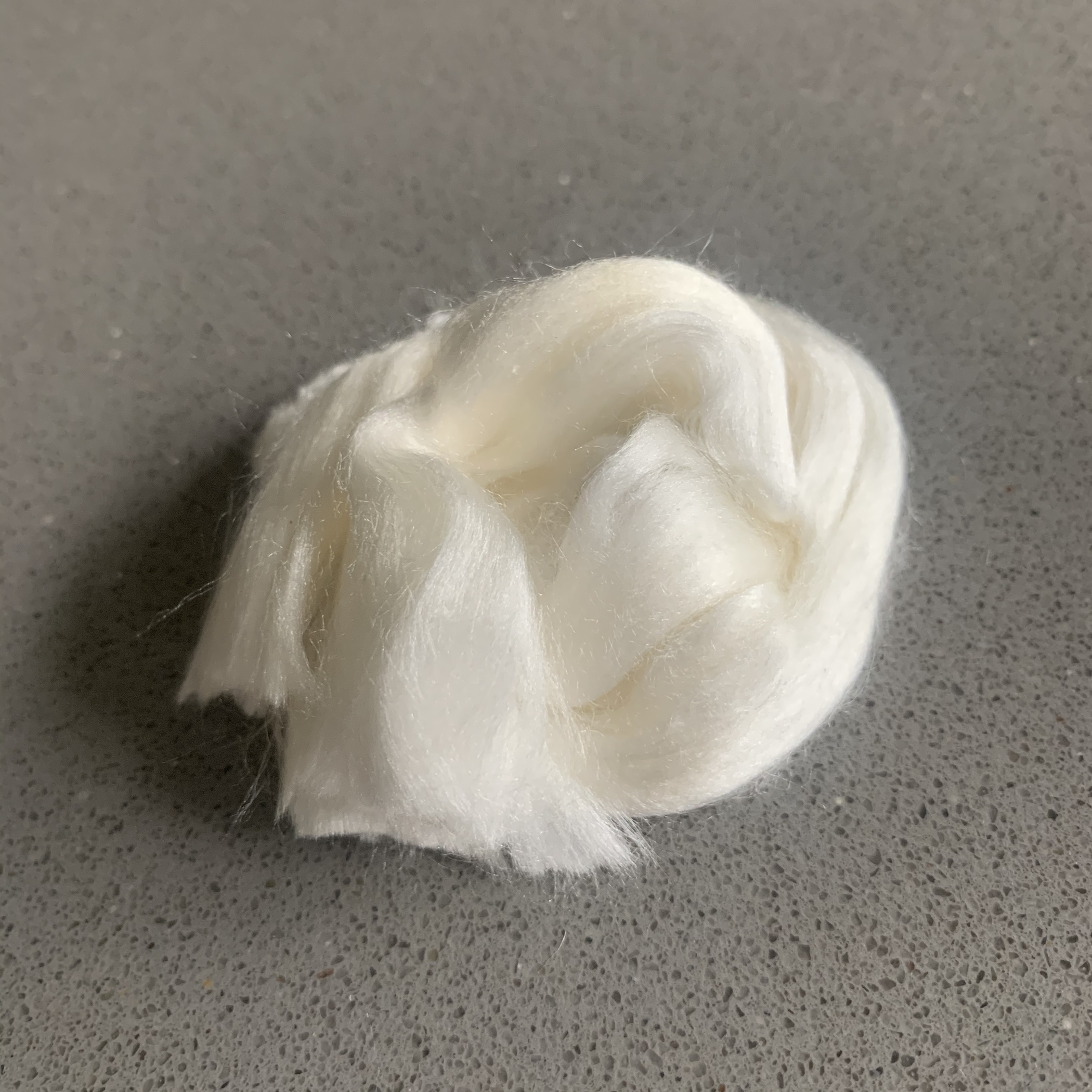 White Eri Fiber | 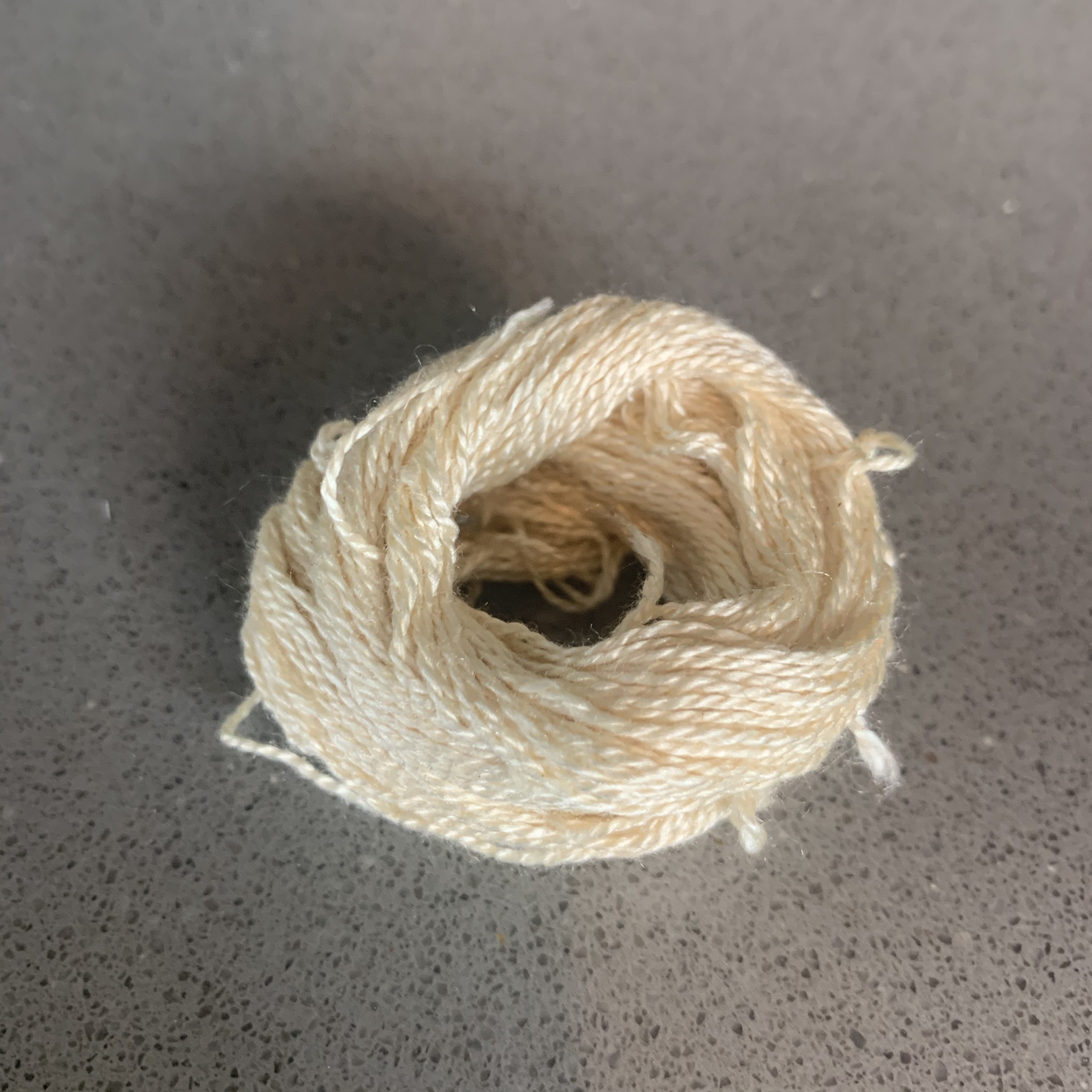 White Eri Yarn |
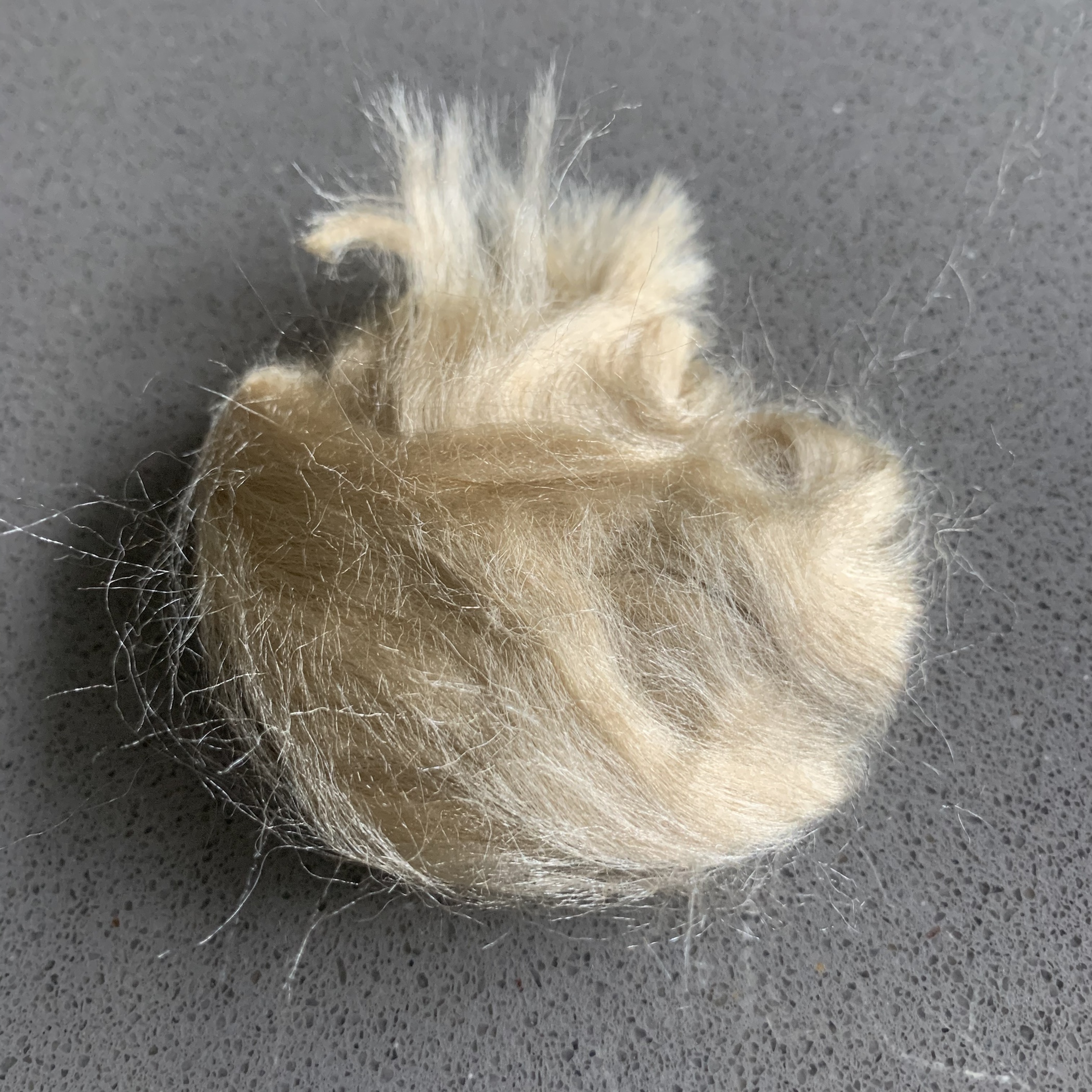 Muga silk fiber | 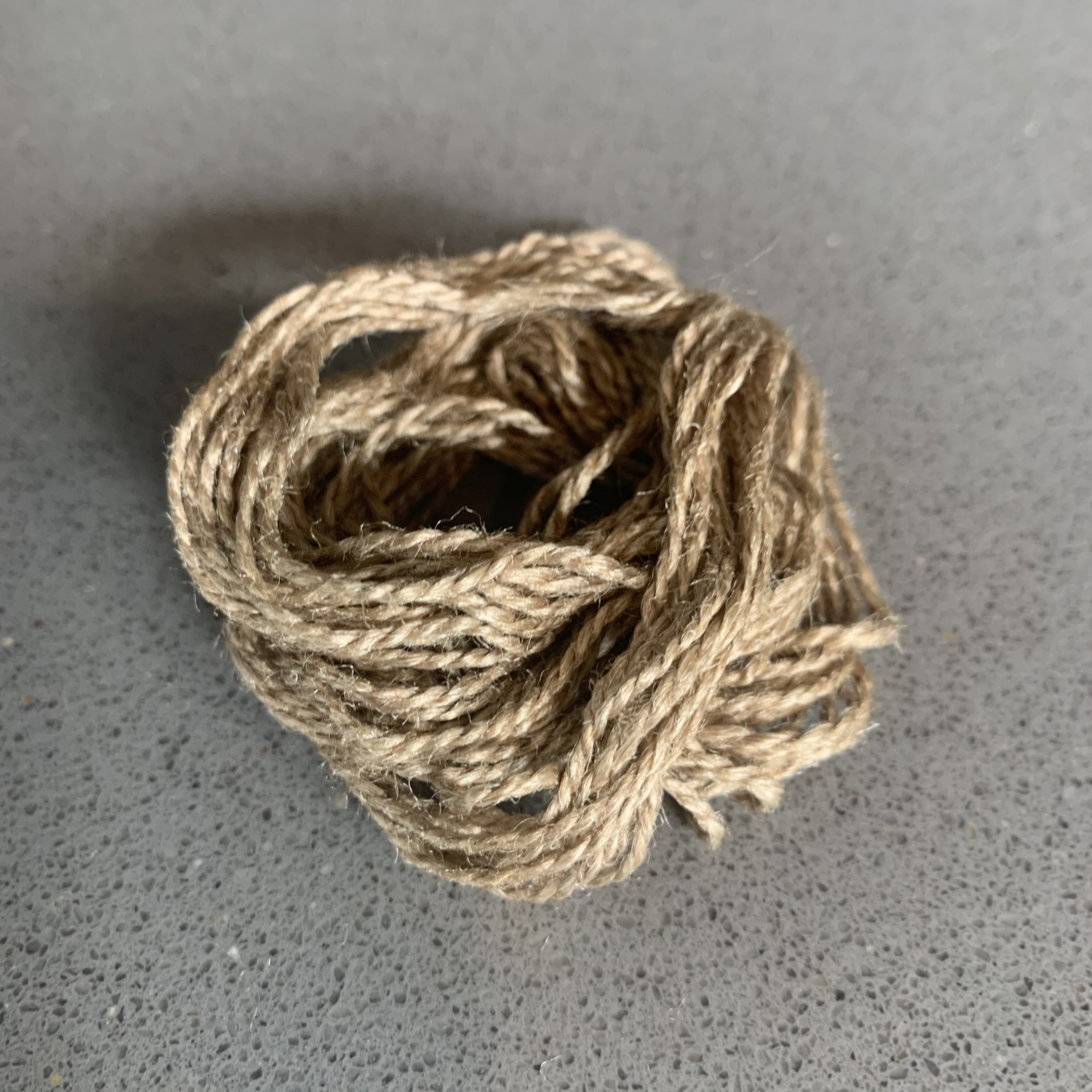 Muga silk yarn |
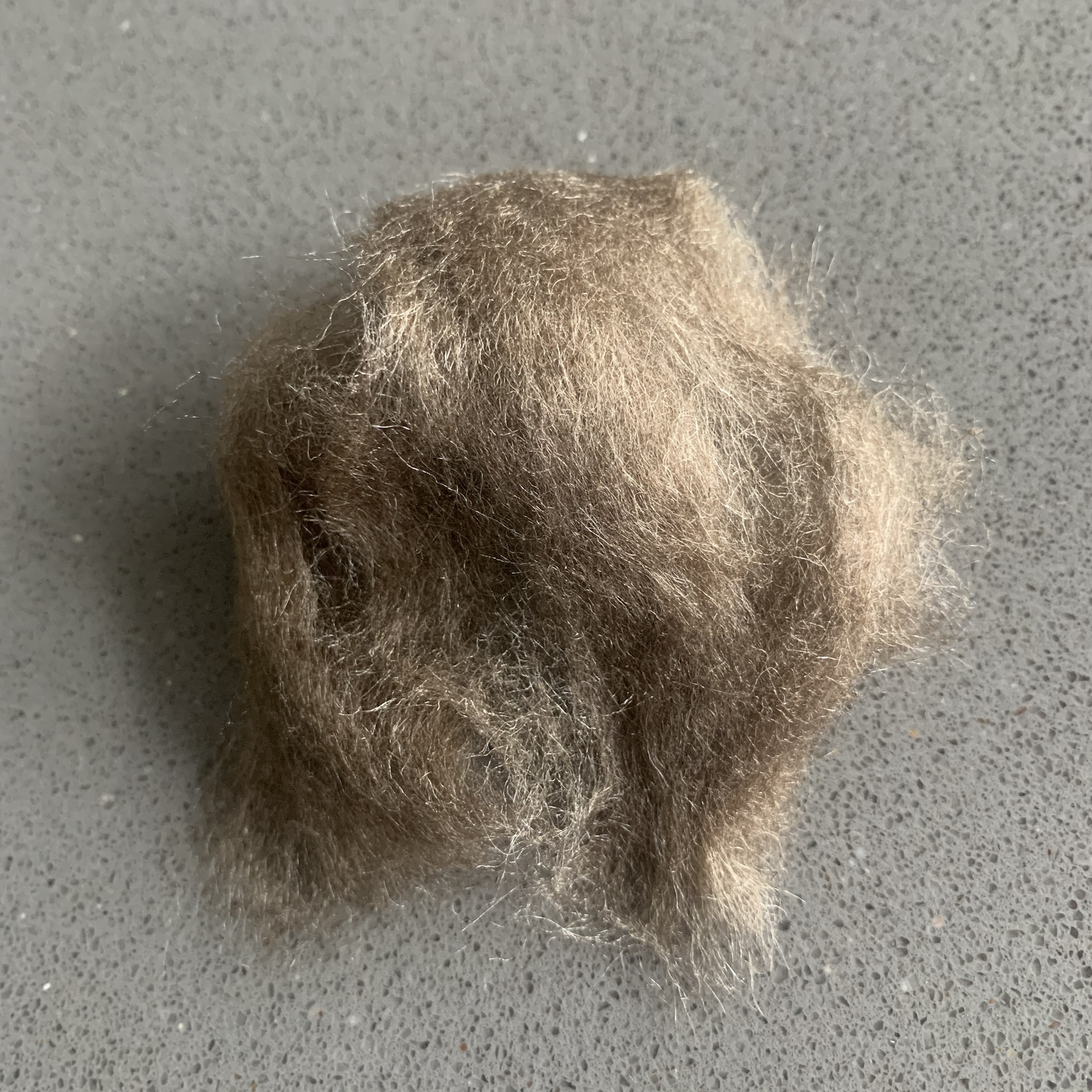 Tassar silk fiber | 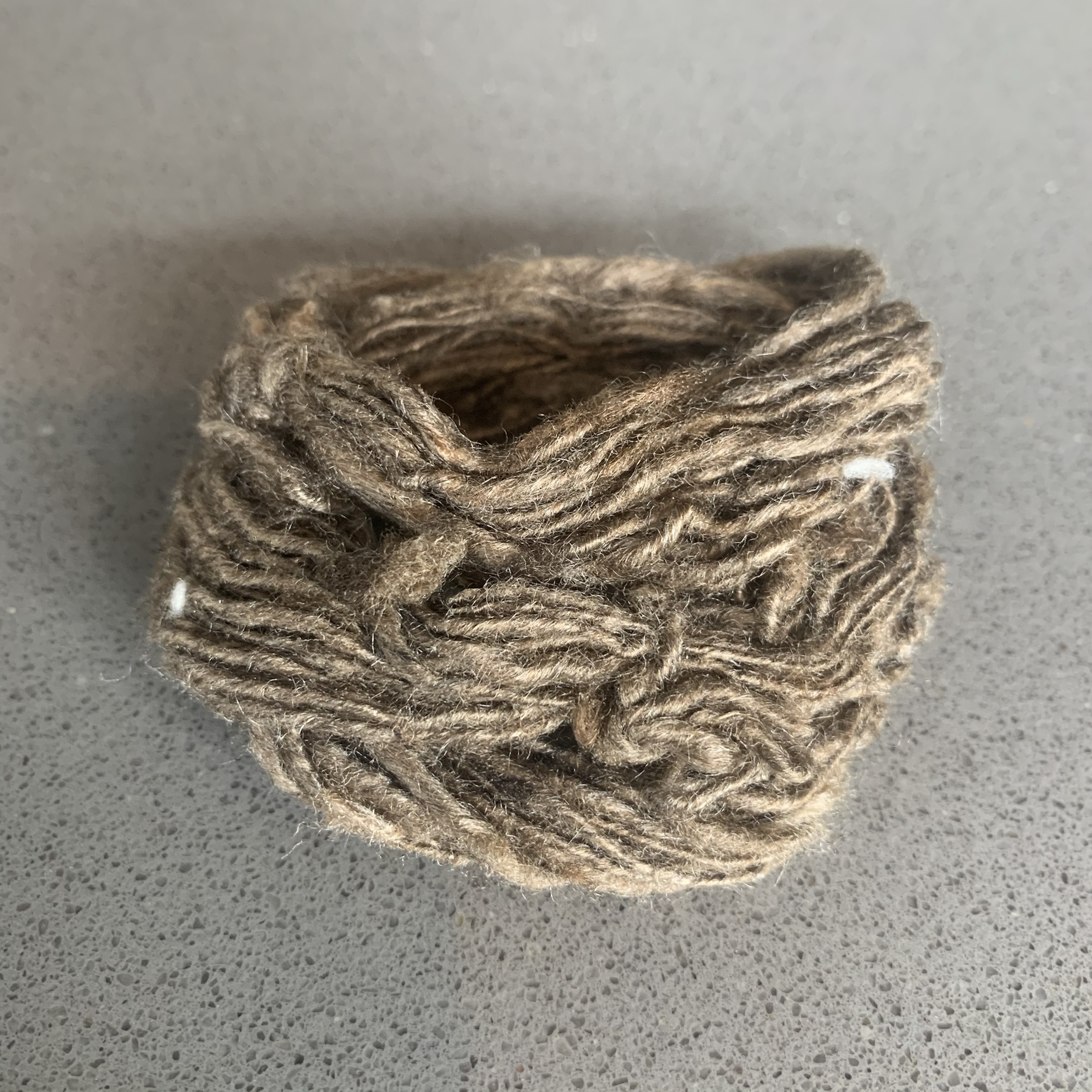 Tassar silk yarn |
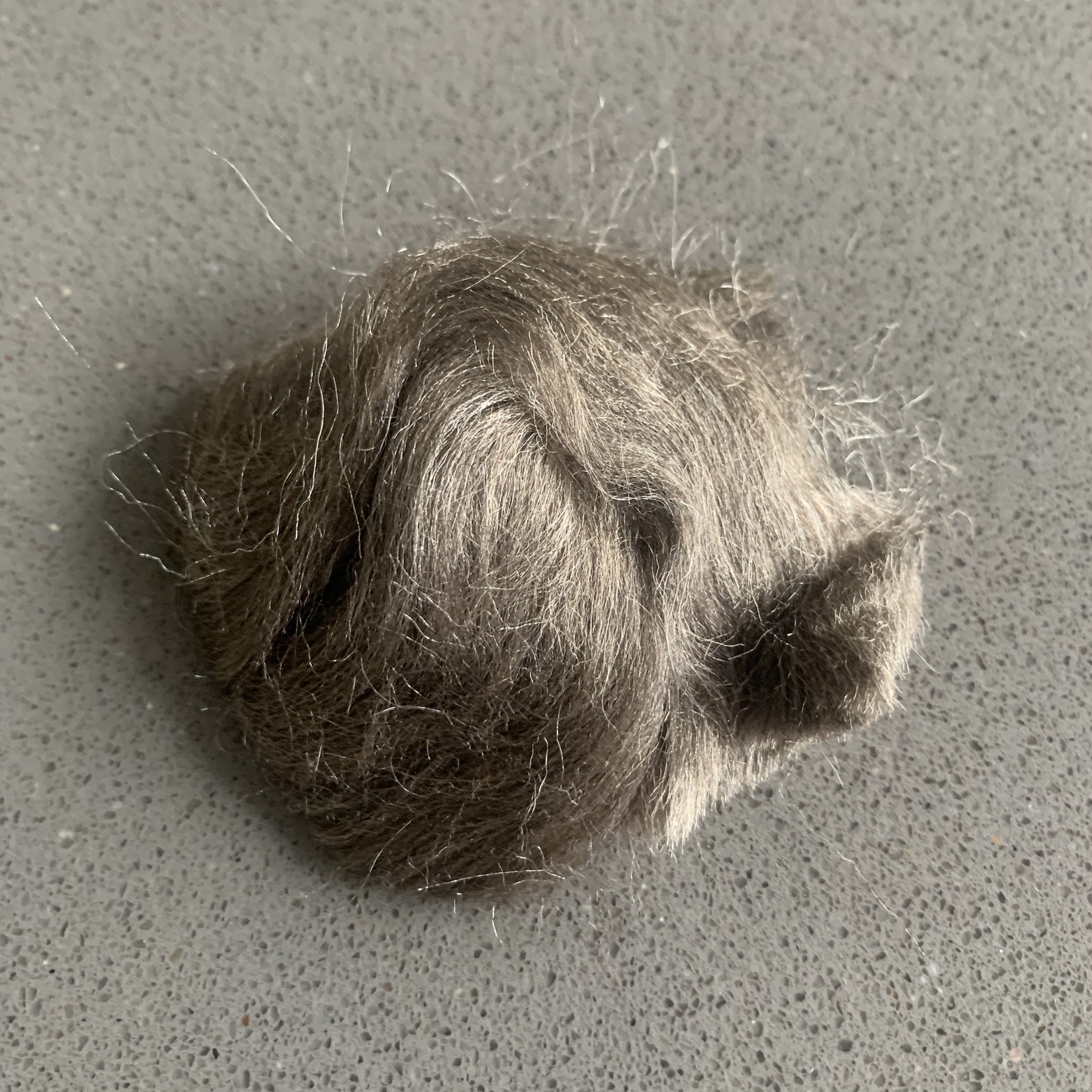 Peduncle Tassar Sliver | 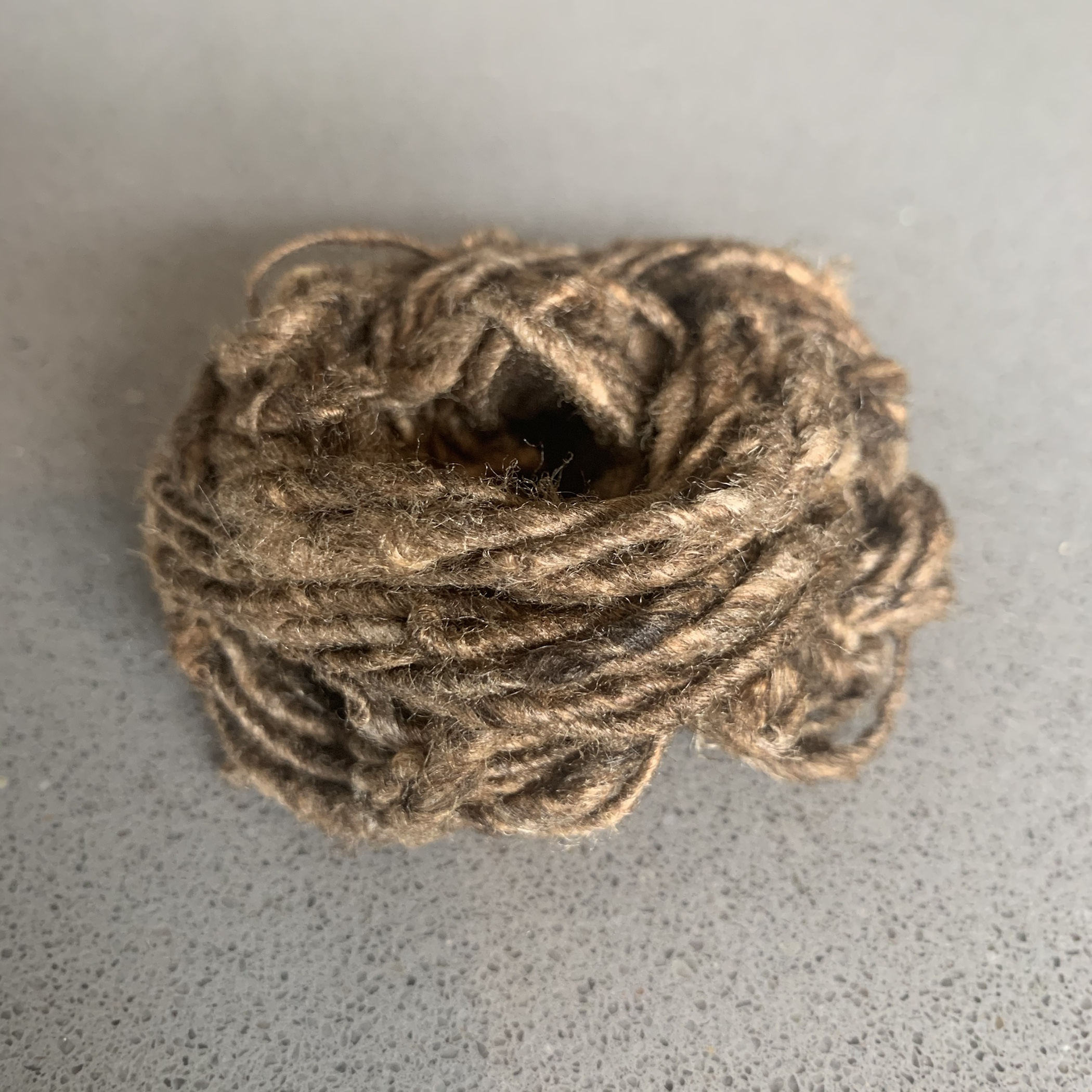 Peduncle Tassar Yarn |
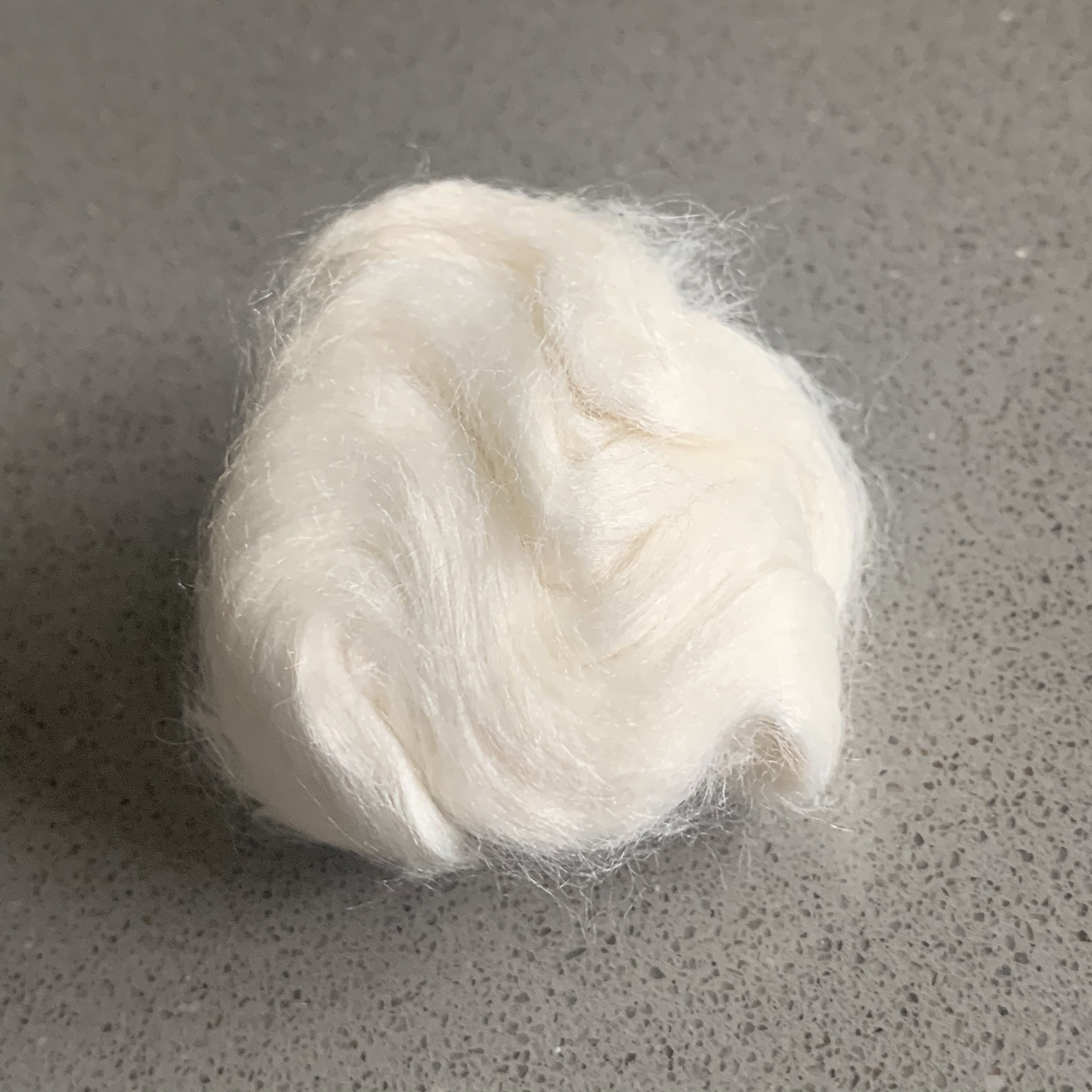 Mulberry silk fiber | 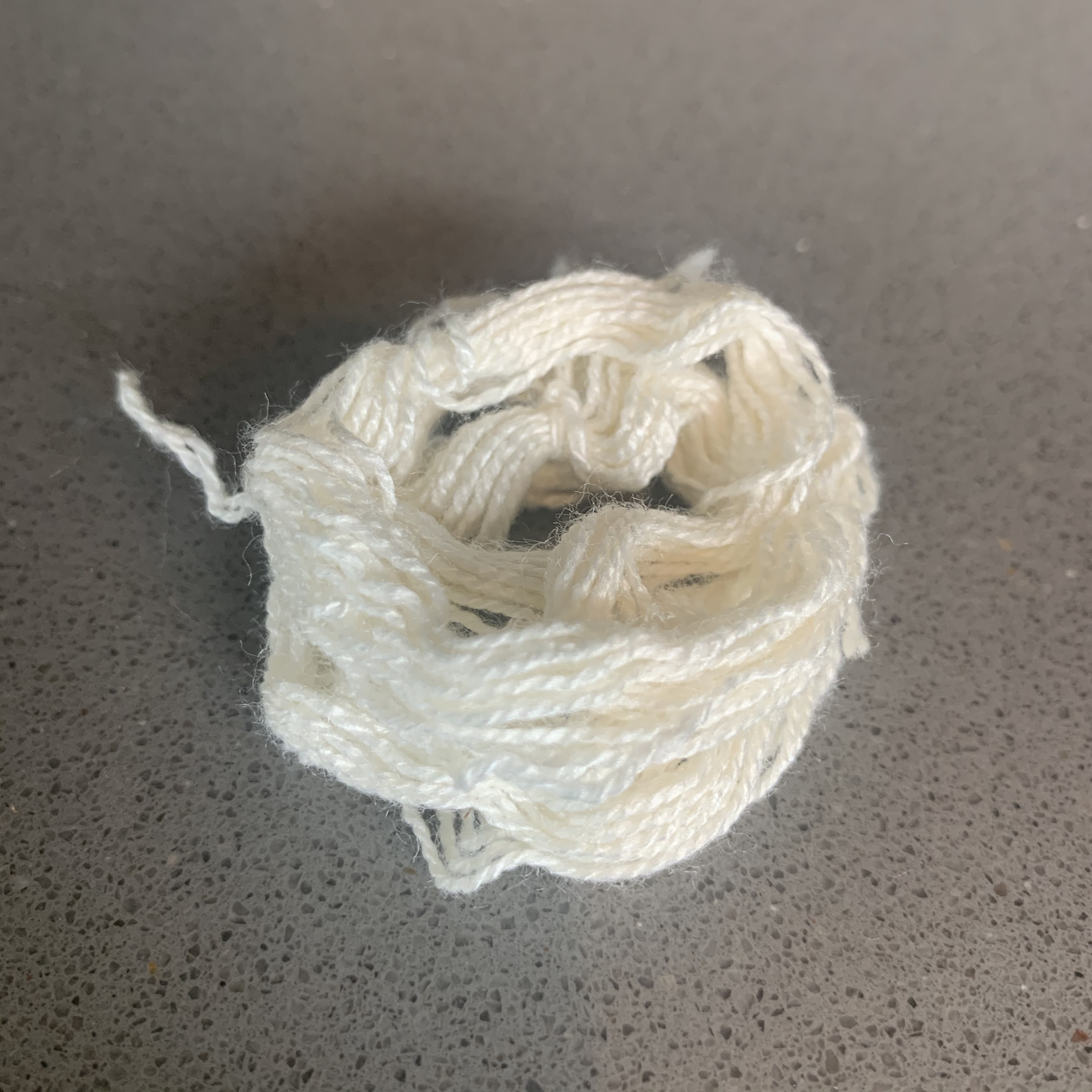 Mulberry silk yarn |
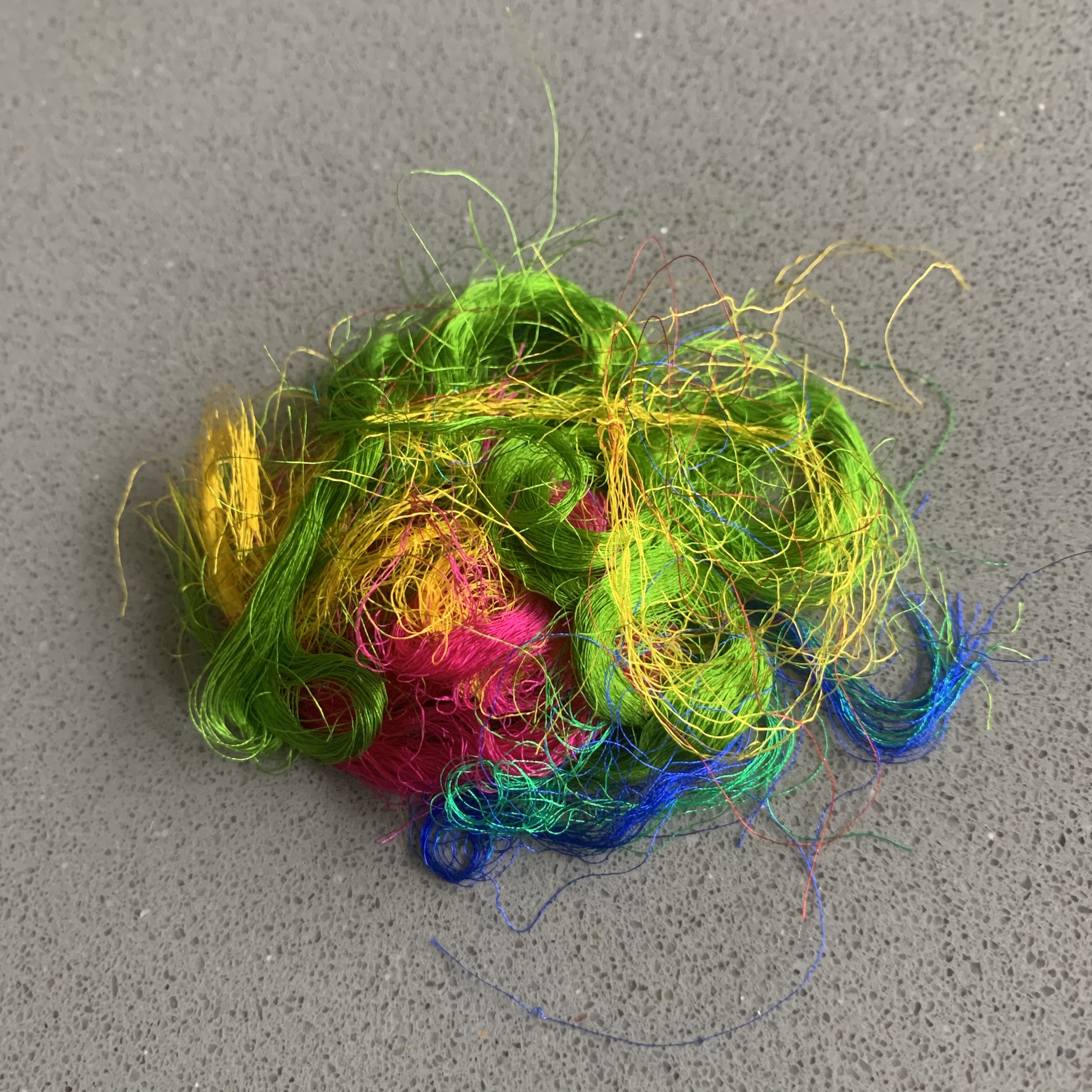 Recycled sari silk fiber | 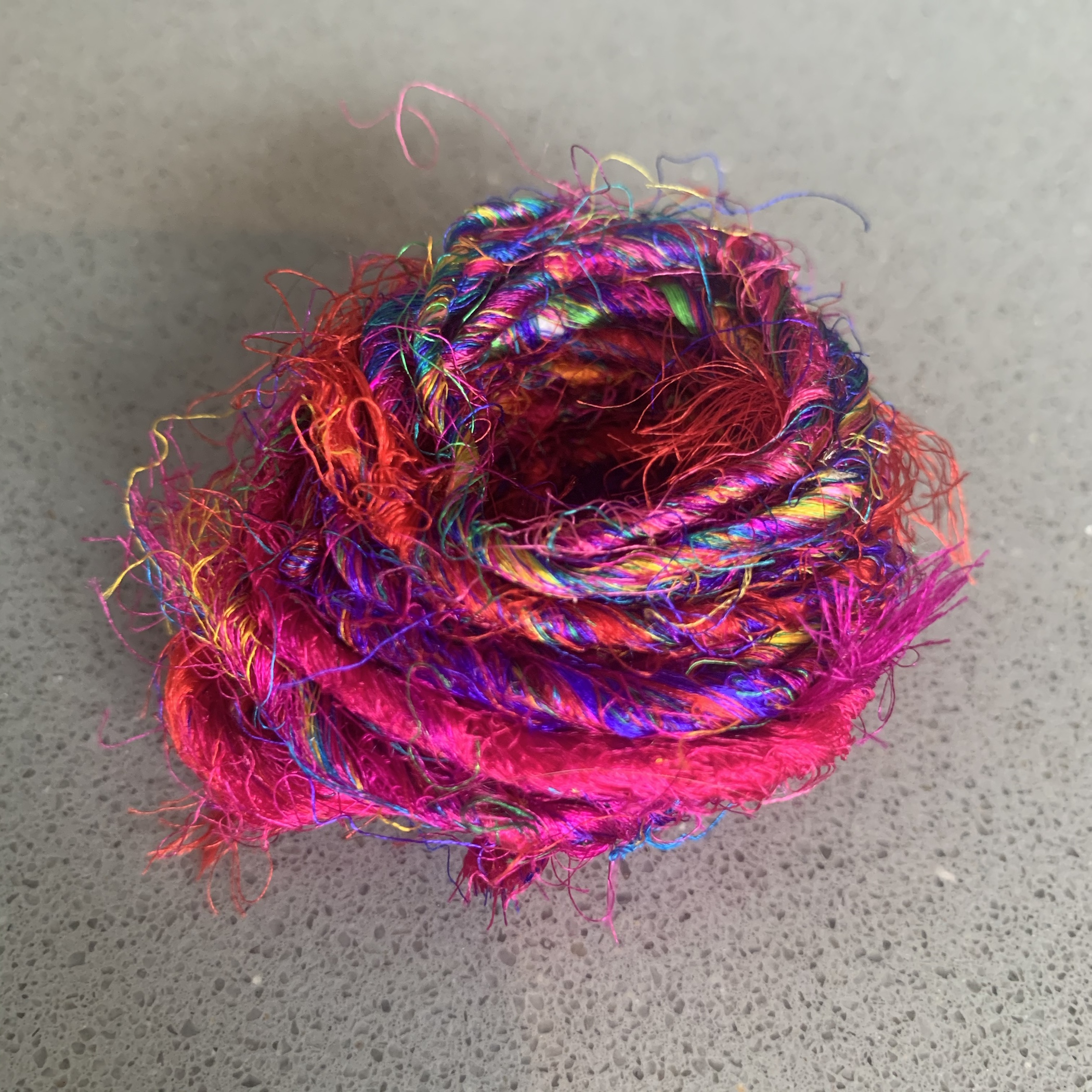 Recycled sari silk yarn |
MORE YARNS:
- Peduncle Handmade Yarn: 100m/100gr
- White Eri & Peduncle Fiber Yarn : 70 m/100gr
- Mulberry Yarn: 80m/100gr; 100m/100gr; 120 m/100gr; 1700m/100gr
- Tassar Dark Yarn: 100m/100gr; 500 m/100gr
- Tassar Light Yarn: 100m/100gr; 500 m/100gr
- Red Eri Yarn 150m/100 gr; 300m/100 gr
- Muga Yarn: 150m/100gr; 500 m/100gr
- Muga 1-ply Yarn: 300m/100gr
- White Sari Yarn: 100m/100gr; 600m/100gr; 2000m/100gr; 3000m/100gr
- Silk & Wool Yarn (70% merino wool;30% silk): 500m/100 gr
- Resycled Sari yarn: 50-60m/100gr
RIBBONS
- White Bleached Sari Ribbon: 50-60m/100gr
- White Unbleached Sari Ribbon: 50-60m/100gr
- Multicolor Sari Ribbon: 50-60m/100gr
- Color Sari Ribbon: 50-60m/100gr
- Sari Ribbon Multicolor Twist Yarn: 50-60m/100gr
FABRICS AND SCARFS
- Mulberry Fabric: width 100cm; weigh 30 grm
- Tassar Original Color Fabric: width 110cm
- Tassar Bleached Fabric: Width 100cm; Weight 40grm
- Mulberry & White Eri Net Fabric: Width 135 cm; Weight 130 grm
- Tassar Scarf size 70x180cm
OTHER SILK PRODUCTS
- Tassar Noil
- Mulberry Noil
- Red Eri Cocoons
- Muga Cocoons
- Tassar Cocoons with Peduncle
- Red Eri Cake
- Muga Cake
- Eri White Cake


